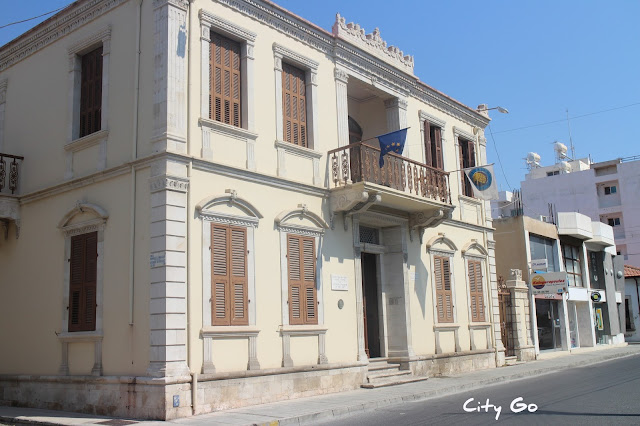Limassol, Cyprus

Limassol is the 2nd largest urban area in Cyprus. It was built between the two ancient cities, Amathous and Kourion, and prospered after these cities were destroyed by an earthquake. Limassol became famous due to events that happened during the third crusade, featuring the King of England, Richard Lionheart, and his fianceé, Berengaria. Berengaria was going to the Holy Land by sea when a storm made her ship end up in Cyprus. The governor of Cyprus invited the princess ashore, with the intention of holding her to ransom and when she refused he denied her fresh water. He later also refused to give any help to liberate the Holy Land and King Richard eventually conquered the island, putting an end to centuries of Byzantine dominium. The island was sold to the Knights Templar in order to help finance the crusade. What to visit in Limassol : Archaeological Museum Ayia Napa Cathedral Castle Folk Art Museum Sanctuary of Apollo Hylates Zoo





